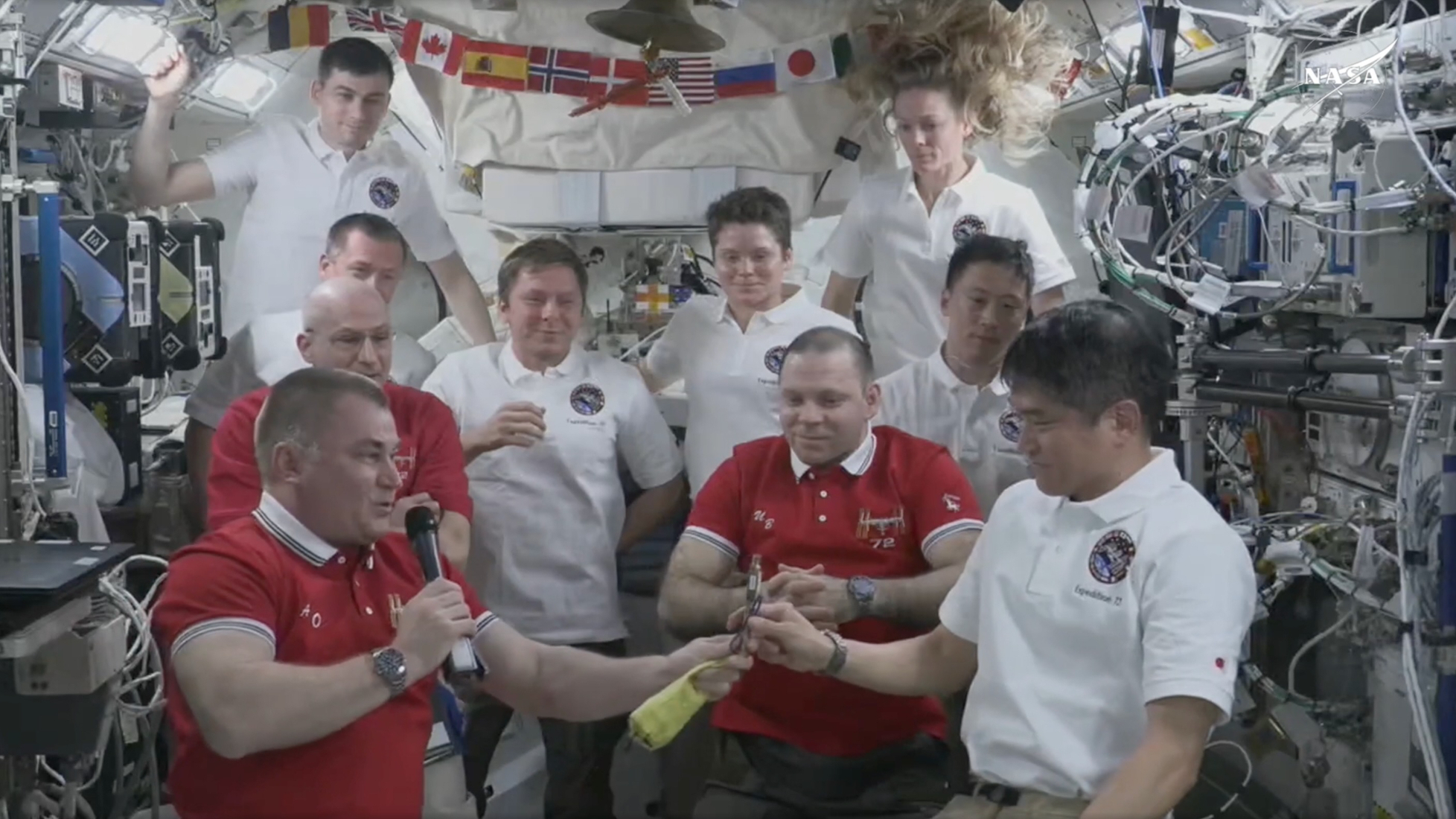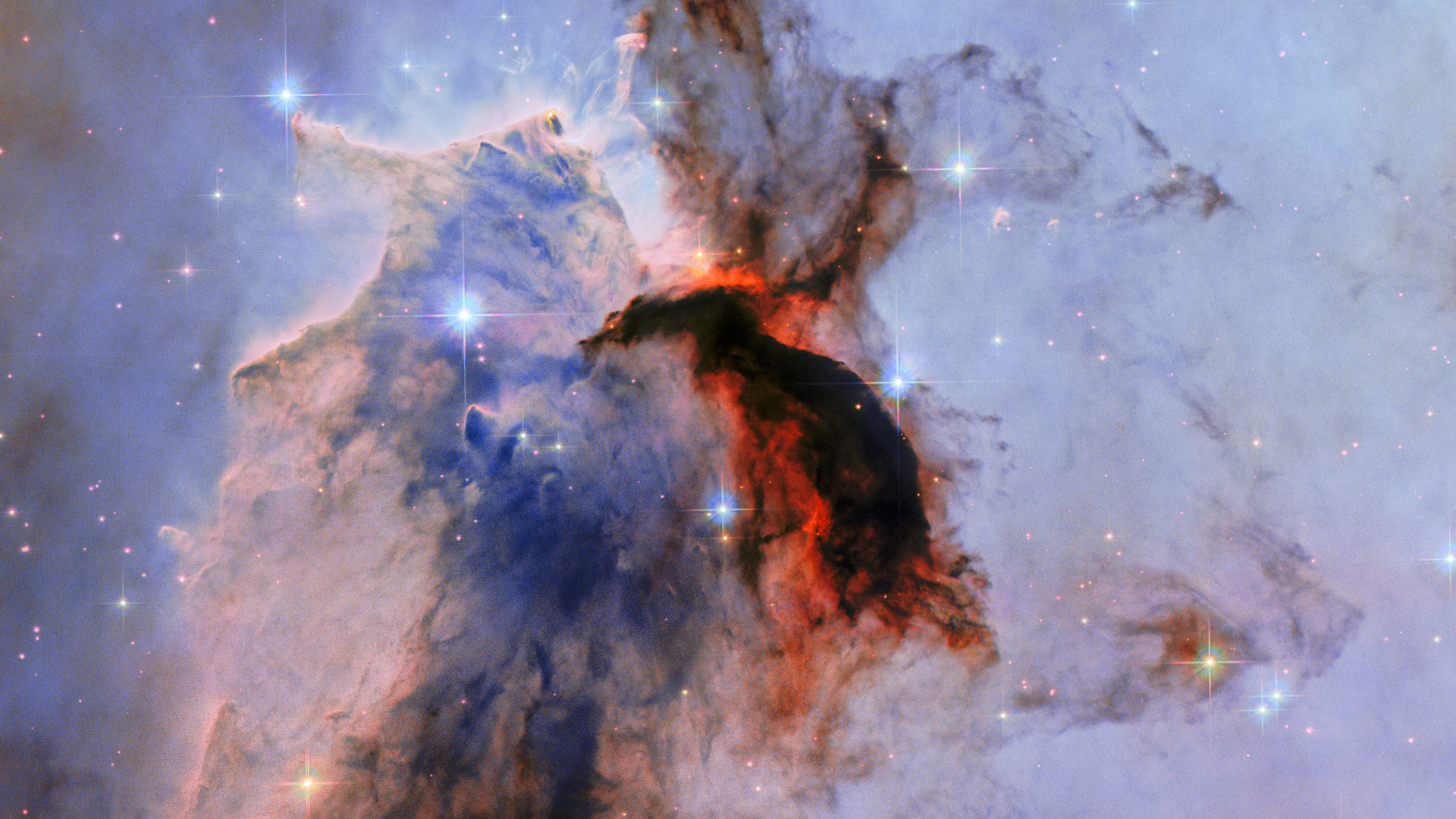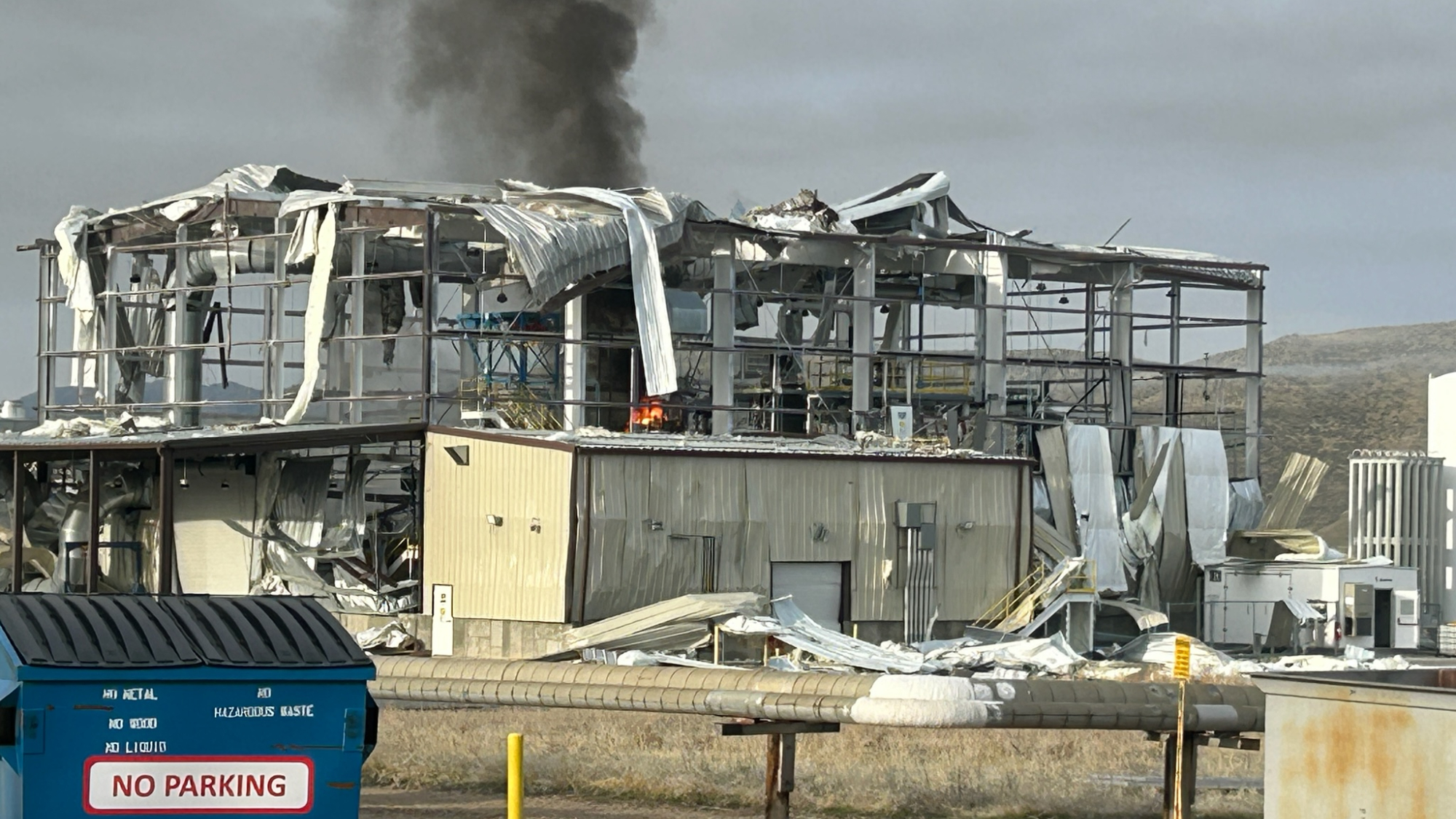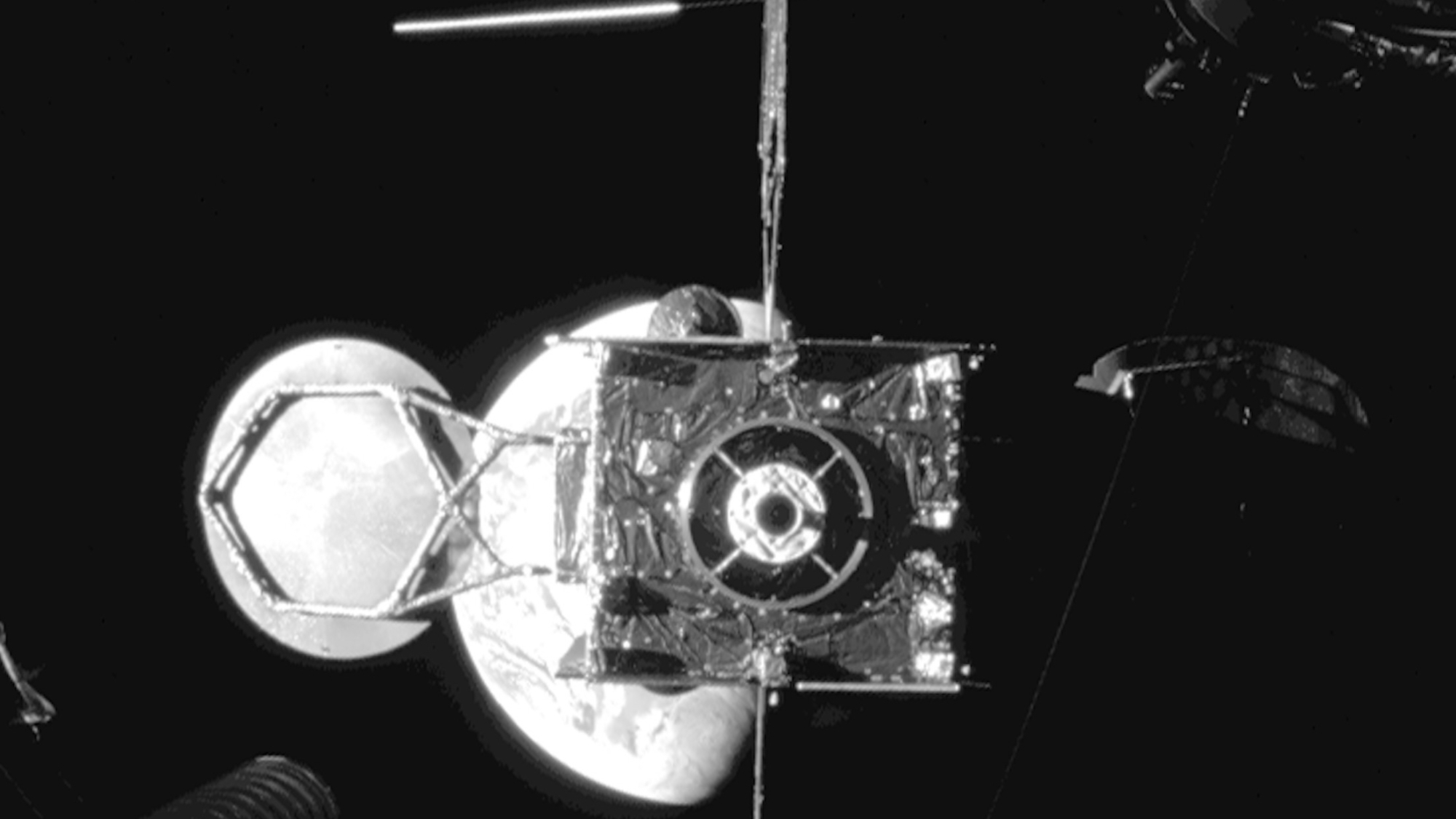Season 4 of 'For All Mankind' debuts with alternate asteroid history
Spoiler warning: This article includes plot points from the third and fourth seasons of "For All Mankind."
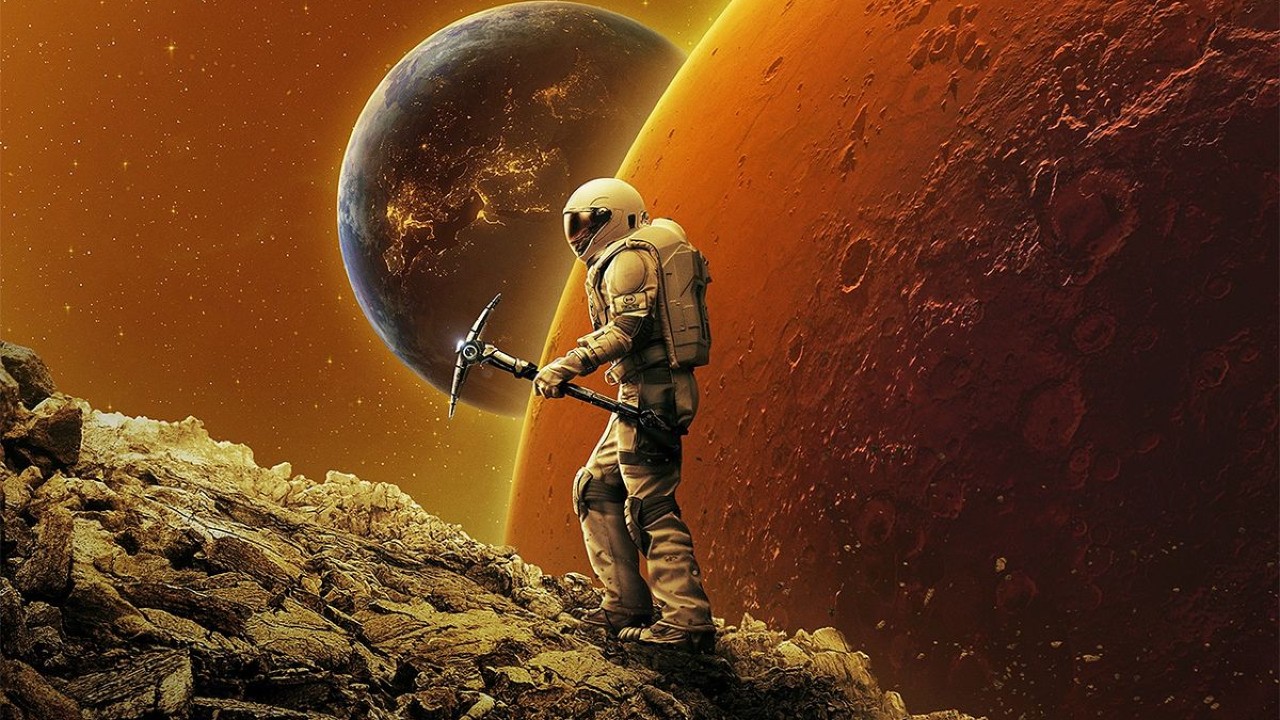
The events of 2003 changed the direction of human space exploration — both in our timeline and that of the alternate history series "For All Mankind."
The fourth season of the acclaimed drama, which began streaming on Apple TV+ on Friday (Nov. 10), picks up in 2003 — eight years after North Korea became the first country to (crash) land astronauts on Mars, followed by a joint U.S. and Soviet crew and a commercial expedition. The three parties then founded Happy Valley, a base that by 2003 is on the verge of establishing a permanent human foothold on the Red Planet.
The real 2003 was far less promising. Just over a month into the year, NASA's original space shuttle orbiter and its 28th crew were lost as they came home from a 16-day science mission. The tragedy would have completely grounded the U.S. human spaceflight, were it not for needing to run the International Space Station and the Russians agreeing to sell seats on its Soyuz spacecraft.
"We're so far gone from what was actually happening in the space program around that time," Ben Nedivi, who with Matt Wolpert and Ronald D. Moore created "For All Mankind" and who with Wolpert now serves as showrunner, said in an interview with collectSPACE.com. "I agree that that tragedy almost was the nail in the coffin of space travel in America [stopping] a lot of investment and excitement for space travel."
"So it's something that I think with our show, while there's tragedy in our show, I think there's much more of a impetus to go further and farther, which is something we really, we really lean into," said Nedivi.
Related: 'For All Mankind' needs recruits for Mars in 4th season on Apple TV+ (video)
The real 2003 and the events in "For All Mankind" did have one common focus: Mars. The European Space Agency (ESA) launched an orbiter, Mars Express, in June of that year, followed by NASA's twin rovers "Spirit" and "Opportunity." The United Kingdom sent an ill-fated lander to the Red Planet, while Japan made a last attempt at regaining control of Nozomi, a planned orbiter that instead made a flyby in December 2003.
The loss of Columbia and the STS-107 crew also led to a new direction for NASA. After completing the construction of the International Space Station, the space shuttle was retired in favor of returning astronauts to the moon to gain the skills needed to go live on Mars.
Plot-crossing asteroids
"Weirdly, it was a happy coincidence," said Wolpert of this season's asteroid plot line and how it overlapped NASA's real-life missions. "We had finished shooting the show by the point they attempted the redirection mission and they launched to Psyche the day we dropped our [season four] trailer."
In addition to DART (the Double Asteroid Redirection Test), which impacted the minor planet moon Dimorphos in September 2022, and the Psyche mission, which shares the name of its target metal-rich asteroid, NASA also landed its first sample of an asteroid by the OSIRIS-REx mission on Sept. 24 and was surprised to find that the first asteroid encountered by its Lucy spacecraft was, in fact, a binary pair.
Of course, NASA's reasons for pursuing asteroids was driven by scientific goals and expanding our ability to protect us from Earth-crossing objects.
For astronaut Ed Baldwin (Joel Kinnaman) and the others at Happy Valley, their interest in asteroids is more about protecting their lives on Mars.
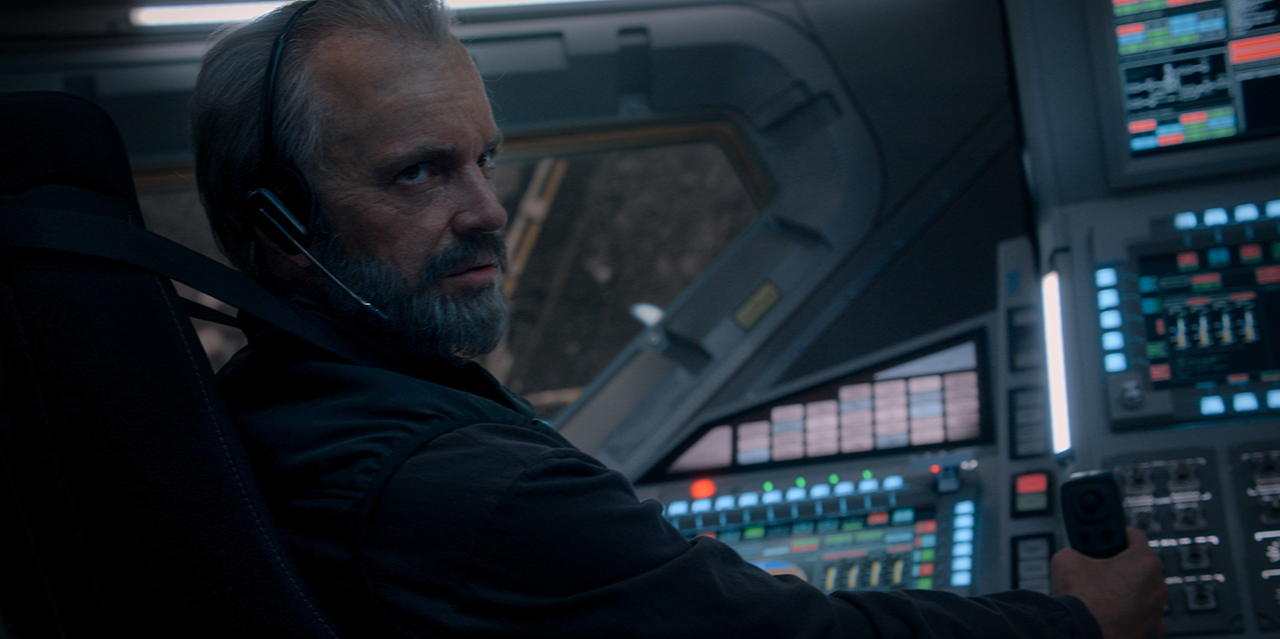
"Since the beginning of the series, we have been so intrigued by the potential of the asteroid belt because of what we deal with in season four, which is the insane amount of resources in those asteroids," Wolpert told collectSPACE. "Going to Mars is great, but there's actually not a lot of resources on Mars that we can use back on Earth. But the asteroid belt is like a gold mine, it really is."
The show's writers found that inspiration in another era of exploration.
"One of the things that we talked about for season four were westerns like 'The Treasure of the Sierra Madre,' and how the pursuit of wealth and resources affects human behavior," said Wolpert.
Expert advice
Even though the 2003 in "For All Mankind" is so divergent from our own, it does not mean the show's writers ignored the knowledge of real-life space explorers.
"We are very aware of the stuff they are doing," said Wolpert, "Because our researchers are constantly keeping us up to date on the theoretical things that NASA is working on. It's part of the DNA of the show."
The series' lead technical advisor is Garrett Reisman, a former NASA astronaut (in both timelines) who logged more than 100 days in space, conducted three spacewalks and who now also advises Elon Musk and his team at SpaceX as a company executive.
"There were a lot of questions with regard to asteroids," Reisman said in an interview with collectSPACE. "But that was beyond my experience, because when I was on the International Space Station, we didn't meet up with any asteroids."
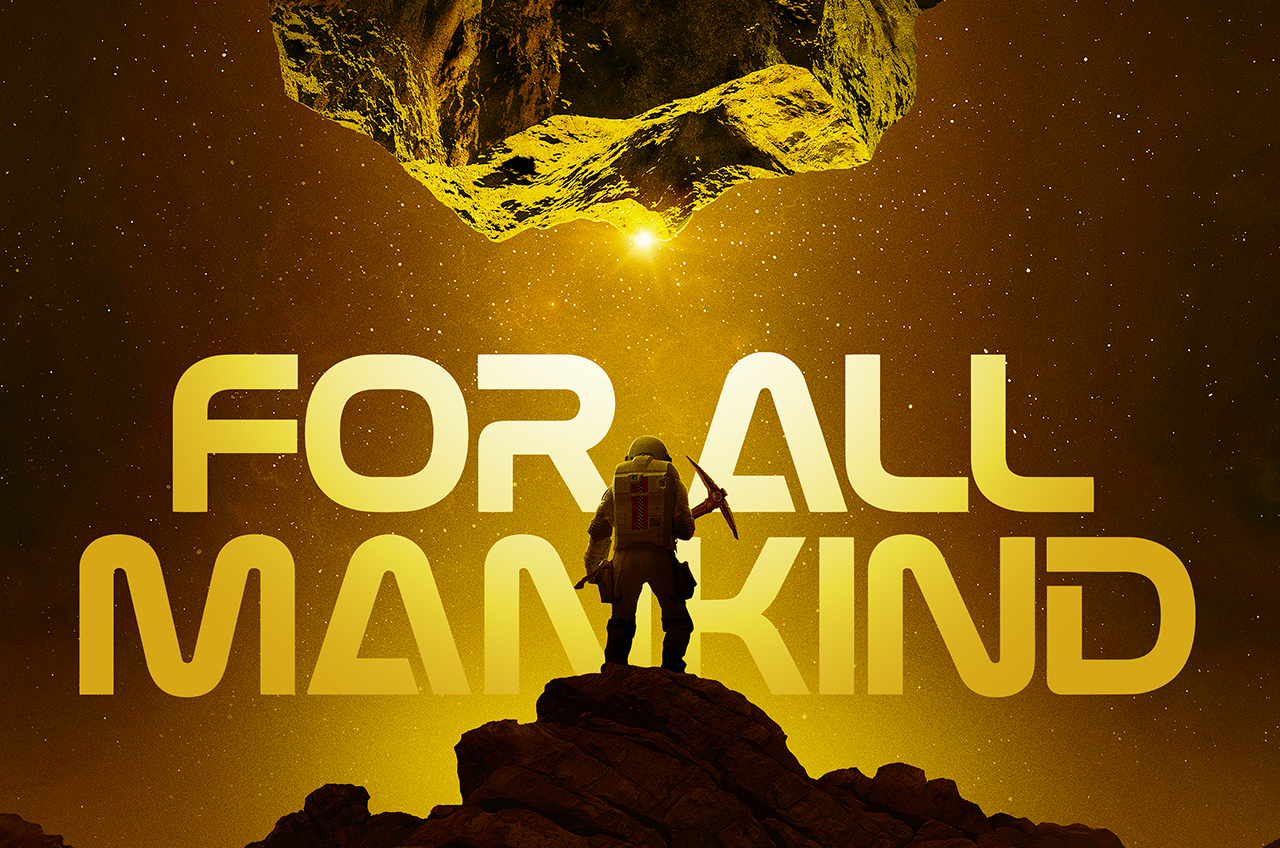
Instead, Reisman reached out to those who do specialize in space rocks.
"I talked to [Apollo astronaut] Rusty Schweickart and [former space station astronaut] Ed Lu, who are very involved with the B612 Foundation and planetary defense, and they helped me out. I also talked to some friends at JPL [the Jet Propulsion Laboratory] and at CalTech to try to make sure we got this right."
The challenge was, that even though the action is set in 2003 — our past — the activities being shown are well into our future.
"We wanted to do some big things with the asteroids. The question was, how can we do it in a way that's somewhat believable?" said Reisman. The truth is there are things that we are doing in season four that would be extraordinarily difficult to actually accomplish with the technology we have now."
"But we tried to do our best to find ways that would be the best, most reasonable approach," he said. "With the help of the other experts, we had a lot of discussions about the asteroids."
The fourth season of "For All Mankind" made its global debut on Friday, Nov. 10, 2023 on Apple TV+, and will be followed by one new episode weekly every Friday through Jan. 12, 2024.
Get the Space.com Newsletter
Breaking space news, the latest updates on rocket launches, skywatching events and more!
Follow collectSPACE.com on Facebook and on Twitter at @collectSPACE. Copyright 2023 collectSPACE.com. All rights reserved.
Join our Space Forums to keep talking space on the latest missions, night sky and more! And if you have a news tip, correction or comment, let us know at: community@space.com.

Robert Pearlman is a space historian, journalist and the founder and editor of collectSPACE.com, a daily news publication and community devoted to space history with a particular focus on how and where space exploration intersects with pop culture. Pearlman is also a contributing writer for Space.com and co-author of "Space Stations: The Art, Science, and Reality of Working in Space” published by Smithsonian Books in 2018.In 2009, he was inducted into the U.S. Space Camp Hall of Fame in Huntsville, Alabama. In 2021, he was honored by the American Astronautical Society with the Ordway Award for Sustained Excellence in Spaceflight History. In 2023, the National Space Club Florida Committee recognized Pearlman with the Kolcum News and Communications Award for excellence in telling the space story along the Space Coast and throughout the world.




